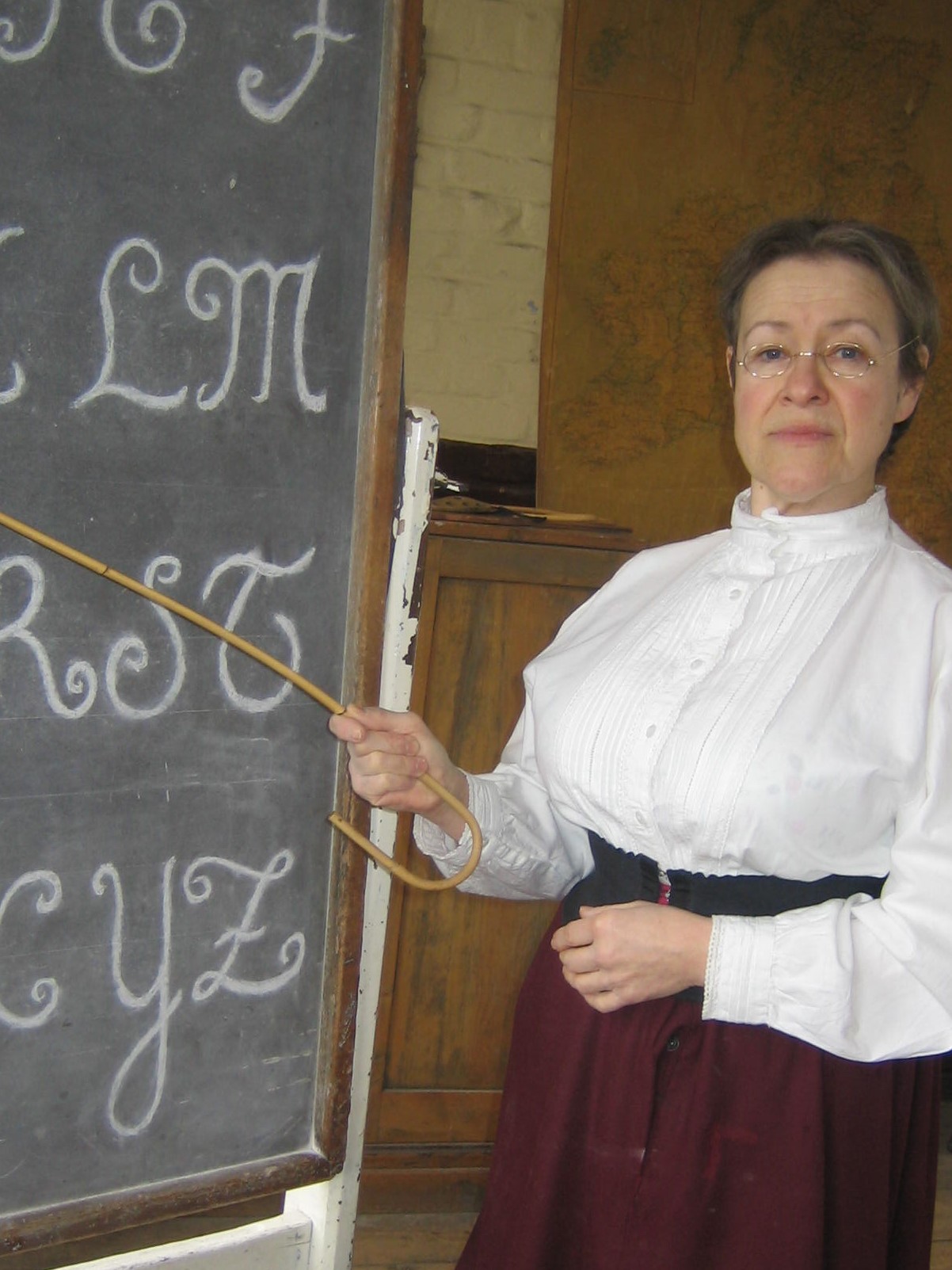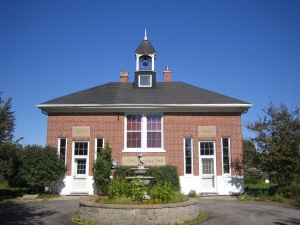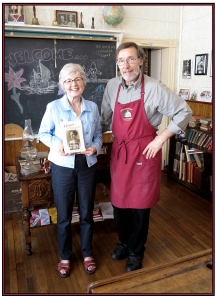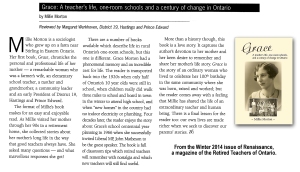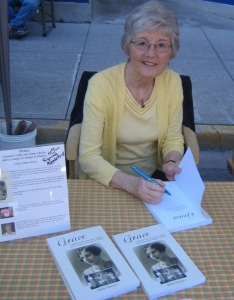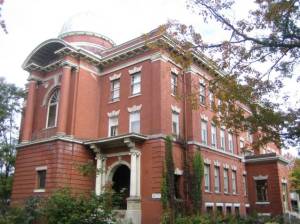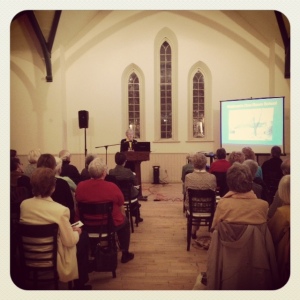Where Something Happened, my new memoir, was inspired by responses to Grace. Whenever I gave a talk about Grace’s life, someone told me they wished they had recorded their mother’s stories. I decided to write and share my own autobiographical stories. As Canadian author Marina Endicott said, “Whatever a life ever means, in the end it’s a set of stories you tell yourself or whoever will listen.”
My stories begin in the 1940s and extend into the twenty-first century. They explore the extraordinary gifts that flow from a lifetime of experiences. They honour the sunshine I’ve shared – cross-cultural work, romance, love, motherhood, family, friendship – and the turbulent weather I somehow navigated. My stories illustrate how curiosity and risk-taking led to unexpected outcomes. They offer understandings of what is really important and reasons for hope and joy.
Where Something Happened – a memoir of small discoveries in a big world, is now available at Novel Idea in Kingston or by ordering from this website.
Price is $25.00.
